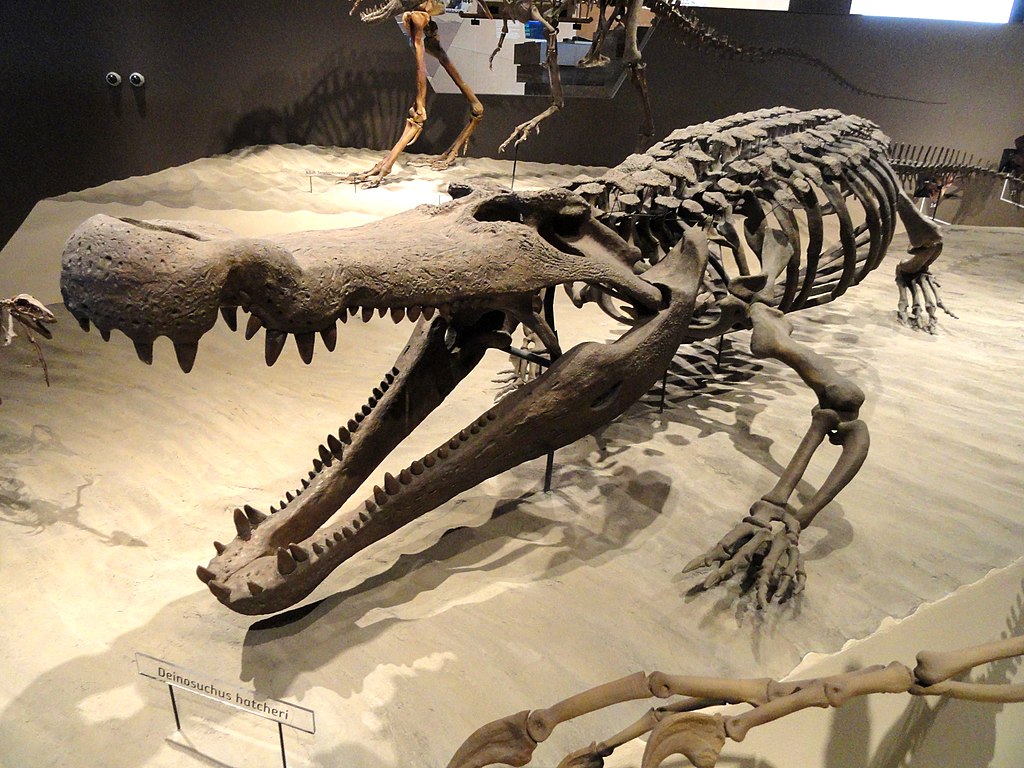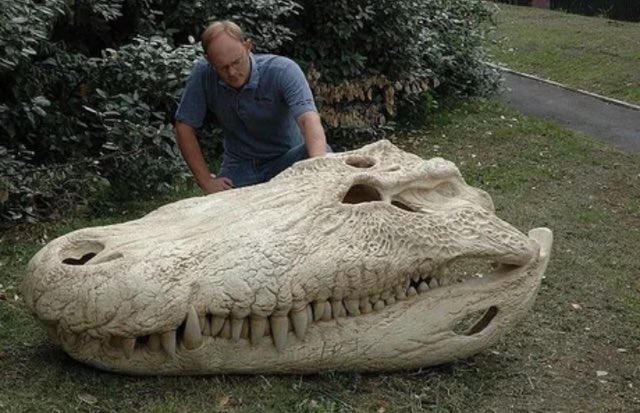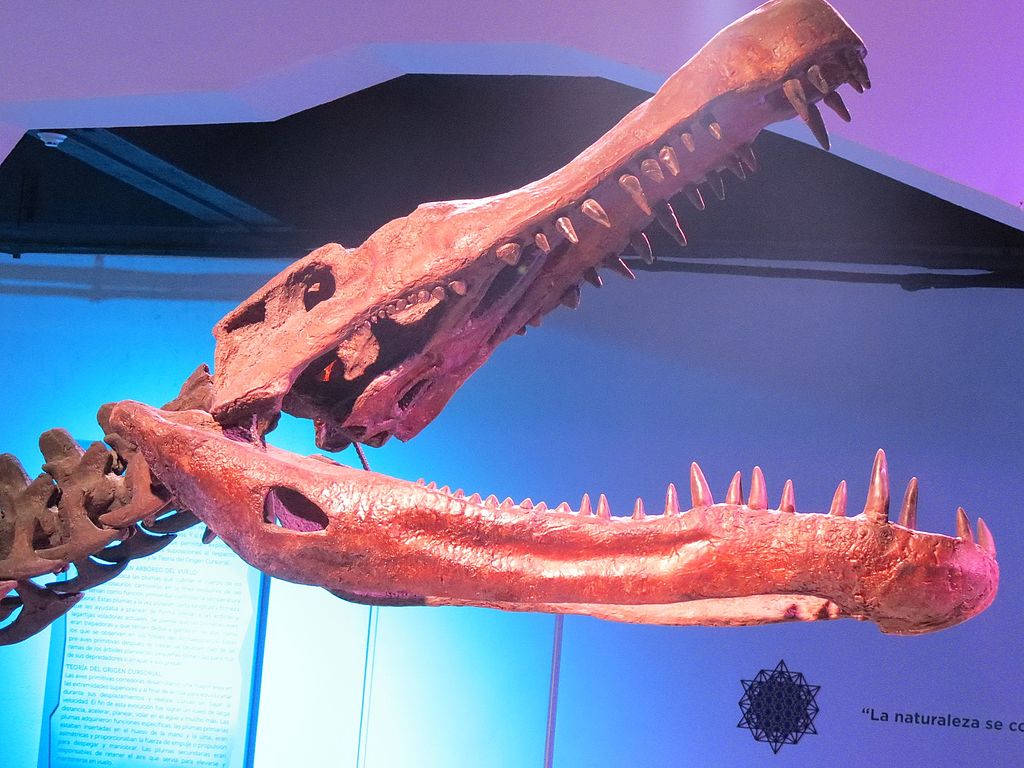
Deinosuchus, an extinct genus of alligatoroid crocodilian, is closely related to modern alligators and caimans. It roamed the earth 82 to 73 million years ago, during the Late Cretaceous period. The Deinosuchus was an apex predator, with the largest adults measuring a massive 10.64 meters in length.

This prehistoric reptile was a formidable creature, with a skull that measured over 1.5 meters long, equipped with powerful jaws filled with sharp teeth. It is believed that the Deinosuchus would lie in wait for unsuspecting prey to approach the water’s edge, before lunging out and dragging the hapless victim into the water to drown.

The Deinosuchus was a true giant of the crocodilian world, with its size and power allowing it to dominate the Late Cretaceous ecosystem. However, despite its fearsome reputation, the Deinosuchus eventually went extinct along with the dinosaurs, possibly due to the environmental changes that occurred at the end of the Cretaceous period.

Today, scientists continue to study the fossils of the Deinosuchus to learn more about this ancient predator and its place in the evolutionary history of crocodilians. The legacy of the Deinosuchus lives on, reminding us of the incredible diversity and adaptability of life on Earth.

Leave a Reply